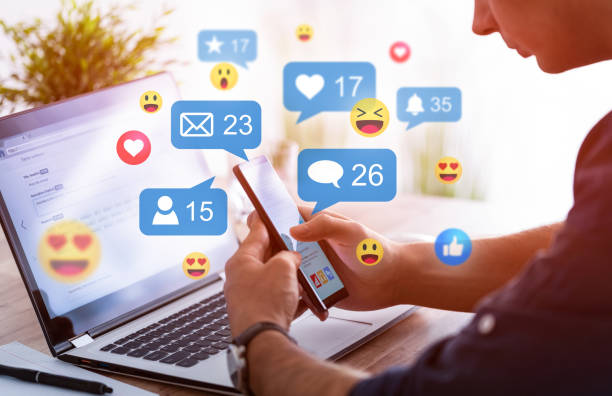
Small businesses today have access to a powerful tool that can help them reach new customers, build a loyal fan base, and grow their bottom line. This powerful tool is called social media. However, with so many different platforms to choose from, it can be overwhelming to know where to start. To help you make the most this tool for your small business, we’ve put together a step-by-step guide to maximizing social media and its potential.
10 steps to maximizing social media for small business success.
Step 1: Optimize your profiles and pages
Once you’ve set up your social media accounts, it’s important to optimize them for maximum visibility. This means including a professional profile picture and cover photo, filling out your bio and contact information, and linking to your website. Also, make sure to use keywords relevant to your business on your profiles and pages so that people can find you easily when searching for related topics.

Step 2: Identify your target audience
Who are the people you want to reach with your message? What are their interests and habits? What are their pain points and what solutions are they looking for? Maximizing social media this way will help you; understand your target audience, create content that resonates with them and choose the right platforms to reach them.
Step 3: Choose the right platforms

Once you know who your target audience is, it’s time to choose the right platforms to reach them. Different social media platforms have different strengths and weaknesses, so it’s important to select the ones that will work best for your business. For example, if you’re a visual-heavy business like fashion or photography, Instagram is a great platform to showcase your portfolio while LinkedIn is better for B2B businesses.
Step 4: Create a content strategy

With your target audience and platforms in mind, it’s time to create a content strategy. This should include a mix of different types of content, such as text, images, and video, that will appeal to your target audience and help you achieve your business goals. Be consistent with your posting schedule, and plan out your content in advance.
Step 5: Engage with your followers

Social media is a two-way street. It’s not just about pushing out content, but also about engaging with your followers. This means responding to comments and messages, asking for feedback, and encouraging your followers to share their own content. The more you engage with your followers, the more they will feel connected to your brand and likely become loyal customers.
Step 6: Measure and adjust
It’s important to measure the success of your social media efforts and make adjustments as needed. This means tracking metrics such as engagement, reach, and conversions, and using this data to inform your content strategy and tactics. Keep in mind that social media is an ever-evolving landscape, so it’s important to stay on top of trends and adapt your strategy as needed.
Step 7: Use paid advertising

Organic reach on social media can be limited, so paid advertising can be a powerful way to reach new customers and drive traffic to your website. Platforms like Facebook, Instagram, and Twitter offer a variety of advertising options, such as sponsored posts, promoted tweets, and display ads. You can target specific demographics and interests, making your advertising more effective.
Step 8: Collaborate with influencers and other businesses

Collaborating with influencers and other businesses can be a great way to expand your reach and tap into new audiences. Partnering with influencers in your industry can help you get your message in front of a larger audience and increase your credibility. Also, teaming up with other businesses in your area can help you reach new customers and build relationships with other business owners.
Step 9: Leverage live streaming

Live streaming is a growing trend on social media, and it can be a great way to connect with your followers in real-time. Platforms like Facebook Live, Instagram Live, and YouTube Live allow you to interact with your audience and answer their questions in real-time. Live streaming can be used to showcase new products, demonstrate how to use your products, and conduct Q&A sessions.
Step 10: Monitor and manage your online reputation
Finally, it’s essential to monitor and manage your online reputation. This means regularly checking for mentions of your business on social media and responding to any negative comments or reviews promptly. It’s also a good idea to set up Google alerts for your business name and industry keywords, so you can stay informed about what’s being said about your business online.

